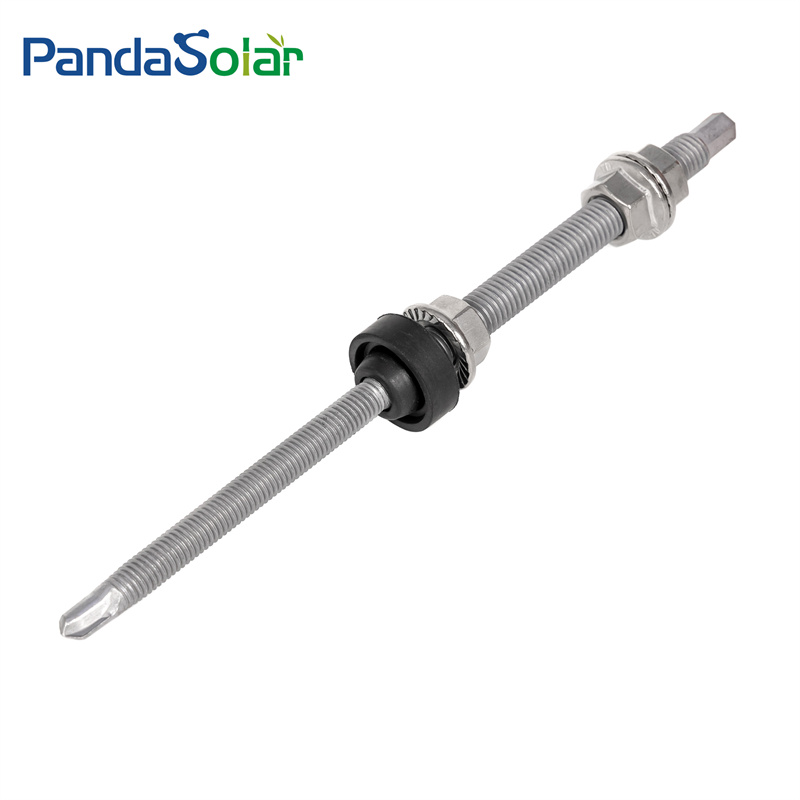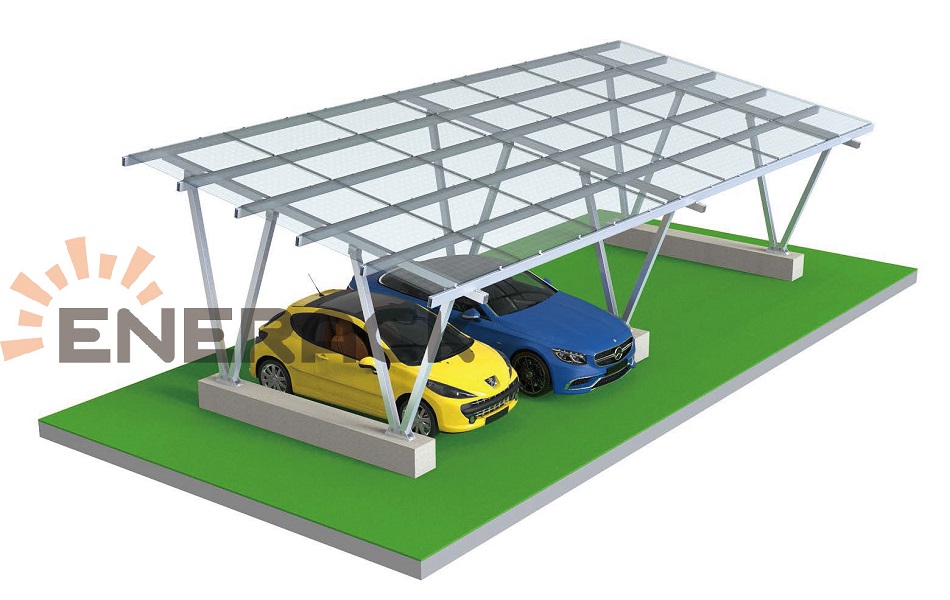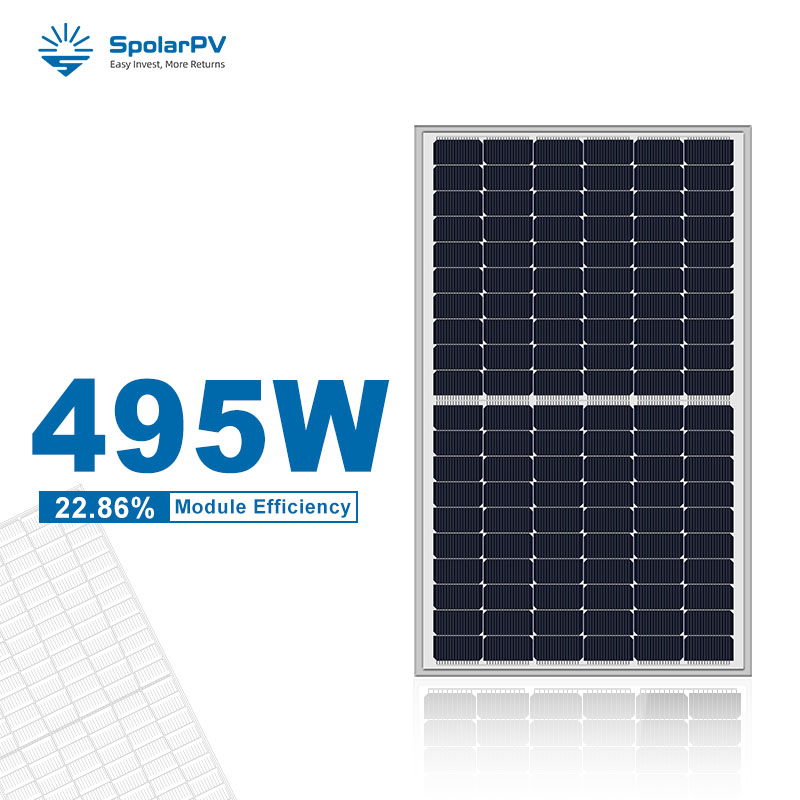In the process of lithium battery manufacturing, the capacity of lithium battery cells is sometimes lower than expected, which not only affects the performance of the battery, but also shortens its service life. This paper will deeply analyze the reasons for the low capacity of lithium battery cells, in order to provide reference for related research and production.
1. Excessive and insufficient negative electrode
In the manufacturing process of everexceed lithium batteries, the amount of negative electrode material has an important impact on the performance of the battery. Excessive and insufficient negative electrode will lead to lithium precipitation on the negative electrode surface, forming a thin layer of lithium. This phenomenon will reduce the capacity of the battery and charge and discharge performance. The higher the negative excess, the lower the positive gram play, but the probability of this happening is small. In order to solve this problem, the performance of the battery can be optimized by reducing the amount of liquid injection. However, it must be based on the premise of ensuring the performance of the cell, and the injection amount cannot be blindly reduced simply to reduce the cost and process pressure.
2. Abnormal process
Process anomaly is another important cause of low cell capacity. In the manufacturing process of lithium batteries, any mistake in any link may lead to a decline in battery performance. For example, the positive or negative electrode coating is too light, the yin-yang surface problem, the roller damage material structure, and the water content exceeds the standard may cause low volume. The light coating of the positive electrode will directly affect the capacity and stability of the battery. When the possibility of excessive and insufficient negative electrode is large, it can be judged by comparing the relative weight ratio of single and double sides after baking. The problem of yin-yang surface is caused by uneven coating, which can be solved by optimizing the coating process. Excessive water content will destroy the SEI film and consume lithium salt, reducing the cell capacity. Therefore, it is essential to strictly control the parameters in the process.
3. material issues
In addition to process factors, the material quality of lithium batteries is also one of the key factors affecting their capacity. The material problem mainly includes the choice of anode material, the purity of anode material and the nature of electrolyte. The crystal structure, particle size and morphology of the cathode material will affect the embedding and removal of lithium ions, thus affecting the capacity of the battery. The insufficient purity of the anode material or the presence of impurities will lead to the increase of the internal resistance of the battery and reduce the capacity. The conductivity, stability and compatibility of the electrolyte with the electrode material will also have an impact on the battery performance. Therefore, choosing the right material and ensuring its quality is the key to improving the capacity of lithium batteries.
4. environmental factors
Environmental factors are also a non-negligible factor affecting the capacity of lithium battery cells. Temperature is one of the most important factors. At high temperatures, the electrolyte will more easily penetrate into the electrode material, accelerating the aging process of the battery. Low temperature will cause the viscosity of the electrolyte to increase and reduce the migration rate of lithium ions, which will affect the capacity and charge and discharge performance of the battery. Therefore, when using and storing lithium batteries, they should be kept in a suitable temperature range as far as possible to extend their service life and maintain stable capacity.
5. the impact of charging state on battery performance
The charging state also has a significant impact on the performance of lithium batteries. Overcharging will cause changes in the structure of the positive electrode material and accelerate the attenuation of the battery capacity. Overdischarge will cause the depletion of lithium ions on the negative electrode surface, forming lithium dendrites, which will not only reduce the battery capacity, but also may cause safety issues. Therefore, it is very important to correctly control the charging state of the lithium battery. The use of intelligent charging technology can effectively prevent overcharge and overdischarge problems, extend the service life of the battery and maintain stable capacity.
6. the impact of cycle life on battery performance
The cycle life of lithium batteries is also an important factor affecting their capacity. With the increase of charge and discharge times, the capacity of lithium batteries will gradually decay. This is mainly due to the structural changes of the electrode material and the decomposition of the electrolyte and other factors. Therefore, improving the cycle life of lithium batteries is also an important research task. The cycle life of lithium battery can be extended by improving electrode material, optimizing electrolyte formula and improving battery structure.








